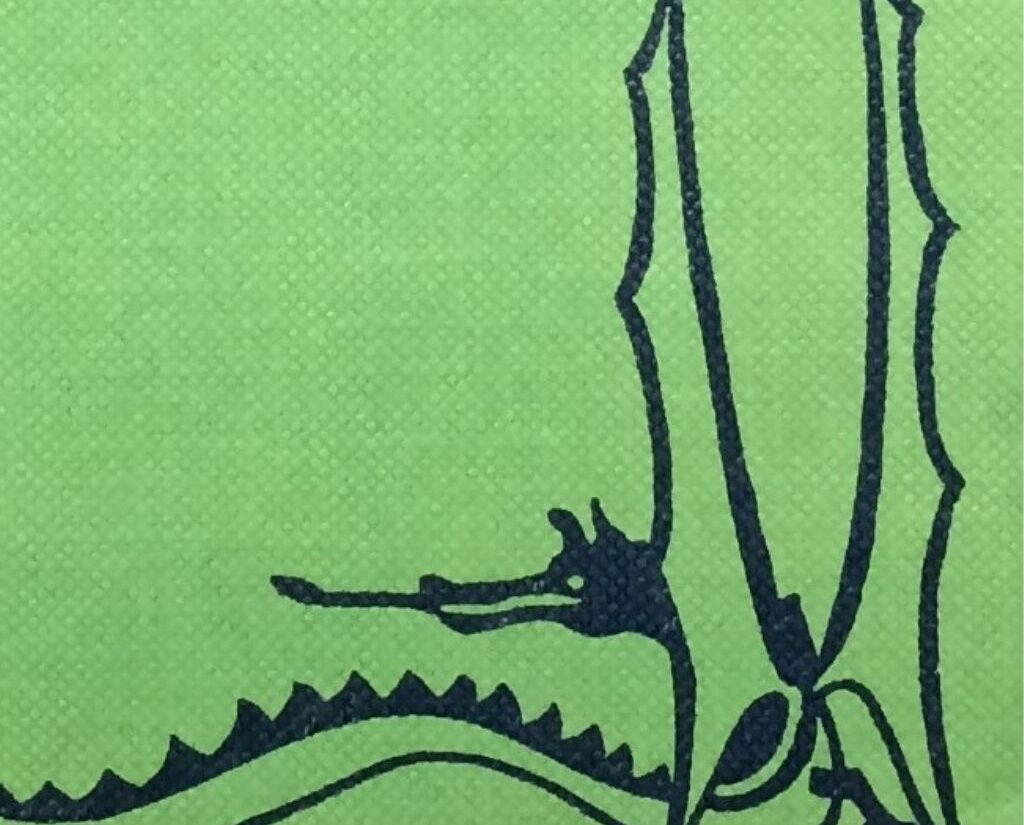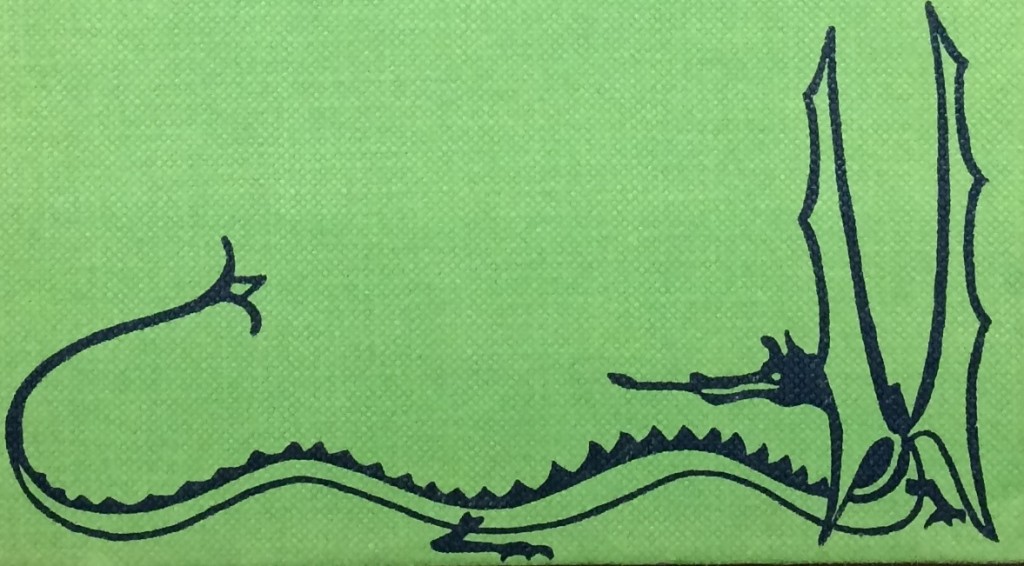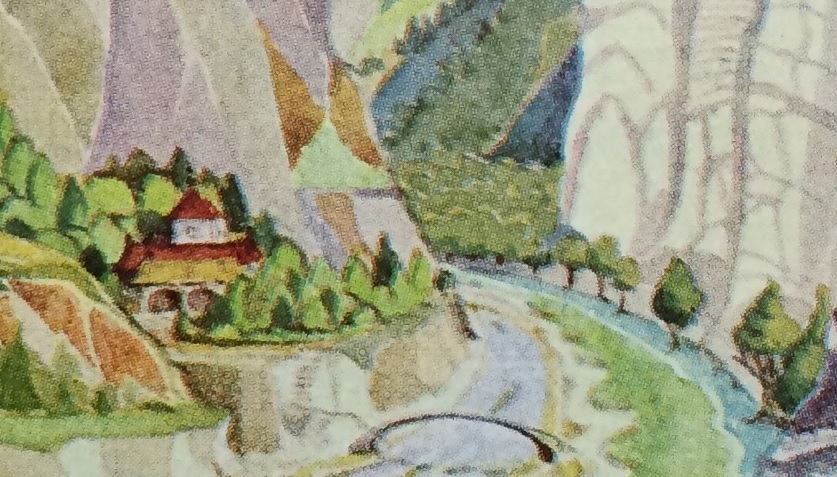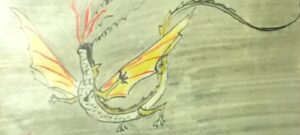
I’m interested in what can fill an exhibition case as a stand-alone display. I was recently watching Peter Jackson’s The Hobbit: An Unexpected Journey and prompted me to think what of Tolkien’s work was in Special Collections and general collections.
Publication History
George Allen & Unwin of London published the first edition of The Hobbit on 21 September 1937 with a print run of 1,500 copies. The first edition was illustrated in black and white by J.R.R. Tolkien. Tolkien also designed the book jacket. For the first American edition (1938) Houghton Mifflin decided that four of the illustrations would be colour plates. Allen & Unwin incorporated these colour illustrations thereafter.
The Hobbit Editions
Not unsurprisingly two of the editions are in the Friedlander Collection. This collection was built by Elizabeth Friedlander who was a German artist and designer. She lived in Kinsale, Co. Cork and is best known for designing covers for Penguin books. Her collection reflects her interests and covers subject matter such as book-design, layout, calligraphy and the arts and printing in general.

Both the cloth binding and the dustjacket are particularly interesting as they show elements of the narrative. The first edition has light green cloth binding over boards, is imprinted with stylized Misty Mountains scene in deep blue ink along the top, all the way around, and has a dragon at the bottom, both front and back.

The dust jacket for the first edition is in green, black, dark blue, and white, showing a drawing of stylized mountains with the moon and eagles soaring above, a forest, and a river. Publication information is represented in runes as a border. On the end papers of the edition are maps (‘Thor’s Map’ and ‘Wilderland’) in red, black, and white. All the artwork is by Tolkien and it appears in subsequent editions.
The illustrated cover of the first edition shows an early sketch by Tolkien. The most recent cover is the tie-in edition for Peter Jackson’s film The Hobbit: An Unexpected Journey and it shows the back of Frodo stopping out through the rounded doorway of the hobbit hole into Hobbiton.
An Hobad
Nicholas Williams is a noted translator and Celtic scholar. He has previously translated into Irish Alice’s Adventures into Wonderland as well as Through the Looking-Glass and What Alice Found There. The Irish translation of The Hobbit was delayed for a number of years as there was difficulty sourcing a word for ‘elf.’ This kind of creature is not part of Irish mythology and ‘clutharachán,’ ‘síogaí’ and ‘sióg’ are not part of Middle Earth. The word used for ‘elf’ is ‘ealbh’ which is a blending of and Old English word ‘œlf’ and and the Norse word ‘álfr’ (“Note on Languages and Letters” An Hobad x). Despite the fact that The Hobbit has been translated into over 40 languages An Hobad marks only the second time that one of Tolkien’s works has been translated into a Celtic language. The first An Hobbit pe eno ha distro, the Breton translation, appeared in 2001.

The cover used for An Hobad is the same as the dustjacket for the first edition. An Hobad also uses the red, black, and white maps from the first edition, though not on the endpapers. These are translated into Irish so that ‘Thor’s Map’ is now ‘Léarscáil Thróir’ and ‘Wilderland’ is now ‘An Fiántas.’ An Hobad also contains the standard original black-and-white Tolkien illustrations as well as the colour plate illustrations an example of which appears below. In addition on page 125 there is a half-tone illustration of Mirkwood or ‘An Mhodarchoill.’
References
“Note on Languages and Letters.” JRR Tolkien. An Hobad: Nó Anonn agus Ar Ais Arís. Ed. Alan Titley; Trans. Nicholas Williams. Westport: Evertype, 2012.
Tolkien, JRR. The Hobbit, or, There and Back Again. London: HarperCollins, 2012, 1965.
Tolkien, JRR. The Hobbit, or, There and Back Again. Illustrated by the author. London: Allen & Unwin, [1970]. [dustjacket]
Tolkien, JRR. The Hobbit, or, There and Back Again. Illustrated by the author. London: Allen & Unwin, [1970]. [bookcover]
Tolkien, JRR. The Hobbit, or, There and Back Again. London: Unwin Books, [1967]. [illustrated cover]
Tolkien, JRR. An Hobad: Nó Anonn agus Ar Ais Arís. Ed. Alan Titley; Trans. Nicholas Williams. Westport: Evertype, 2012.

